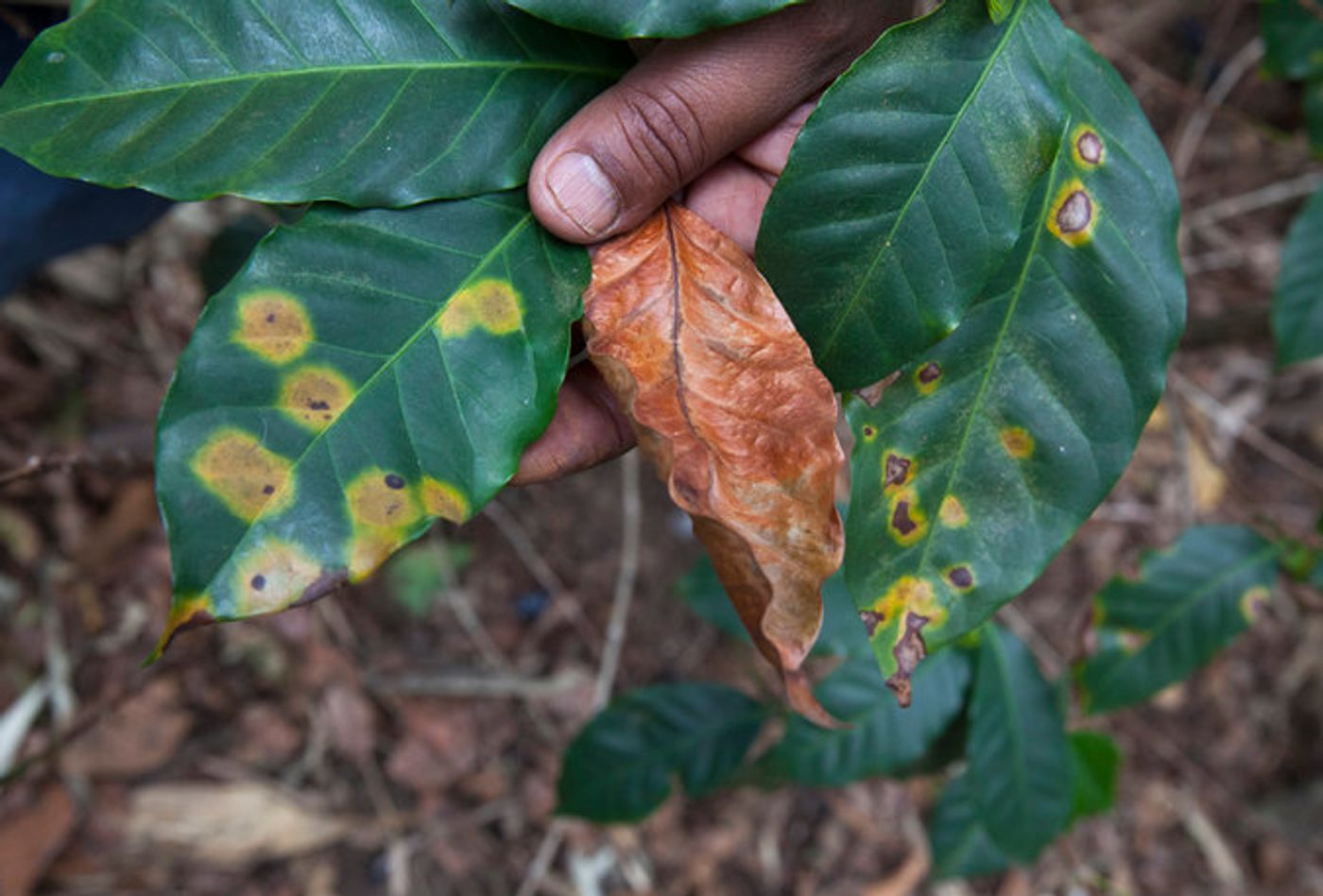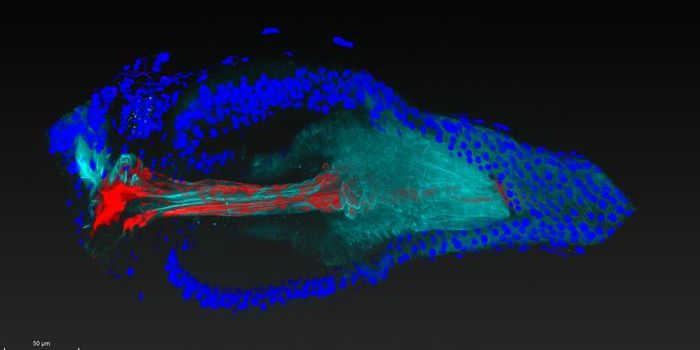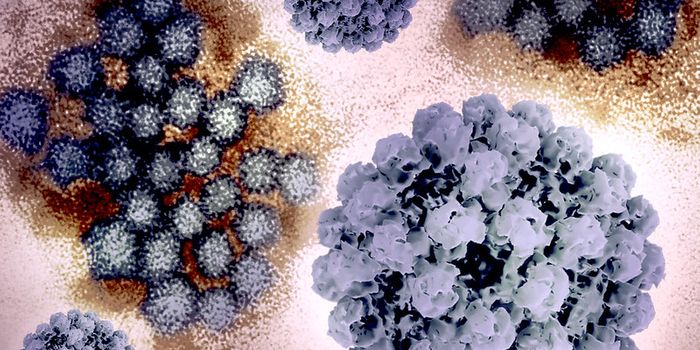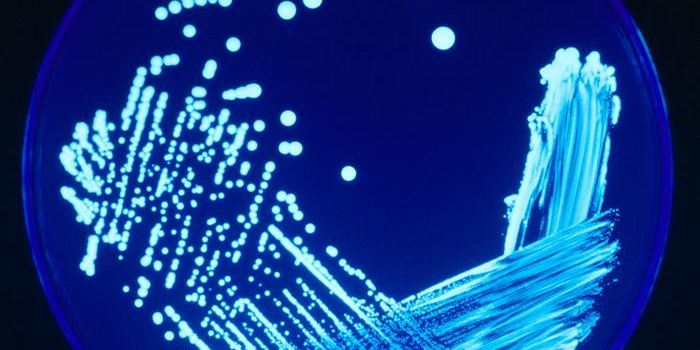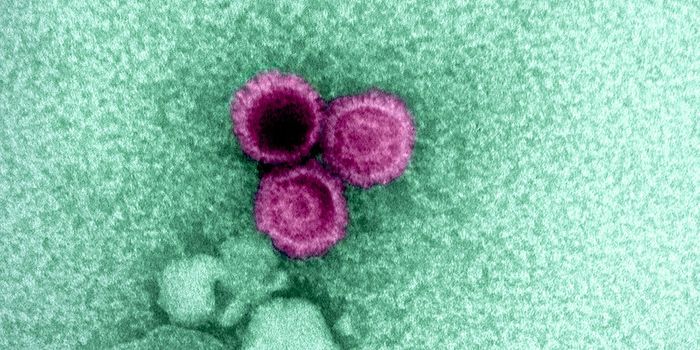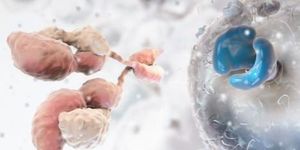An epidemic of coffee rust, caused by a pathogenic fungus, has ravaged Latin American plantations over the past couple of years, and finally scientists might have an answer to control this problem-causing microorganism.
The
American Phytopathological Society describes coffee rust fungal infections as the "most economically important cofee disease in the world." Indeed, Latin American coffee farmers have seen a 30 percent decrease in annual coffee production, a livelihood supporting thousands of farmers. Scientists from the University of Michigan have made significant discoveries to address this issue; their recent publication in
Applied and Environmental Microbiology looks at a natural way to control pathogenic coffee fungus.
The team from the University of Michigan analyzed infected and uninfected leaf samples of coffee leaves from various farms in Latin America. As described by mycologist and lead author of the study, Dr. Timothy James, their analysis showed "high fungal diversity" on small samples of coffee plant leaves. So, the fungal pathogen causing coffee rust is not the only player in the game.
Mycologists like James are hesitant about meddling too far into attempting to control the fungal populations of coffee plants. Using antimicrobials like fungicides could indeed kill the disease-causing fungus, but it could also kill other fungal varieties that provide natural protection from the coffee rust fungus. Similarly to the way overuse of antibiotics kill natural "good" bacteria that help the body with functions like digestion, overuse or misuse of fungicides could end up doing more harm than good.
Instead, James and his team focus on keeping coffee farms healthy with anti-coffee rust fungus species like mycoparasites - fungi that grow on other fungi. For example, white halo fungi are naturally employed by coffee plants to attack insects and control coffee rust fungus populations. Of the 300 and counting varieties of fungi growing naturally on coffee plants, the team from the University of Michigan hopes they can enhance the species promoting coffee plant health to win out over the harmful fungal pathogens.
Watch the following video to learn more about the impact of coffee rust on coffee farmers.
